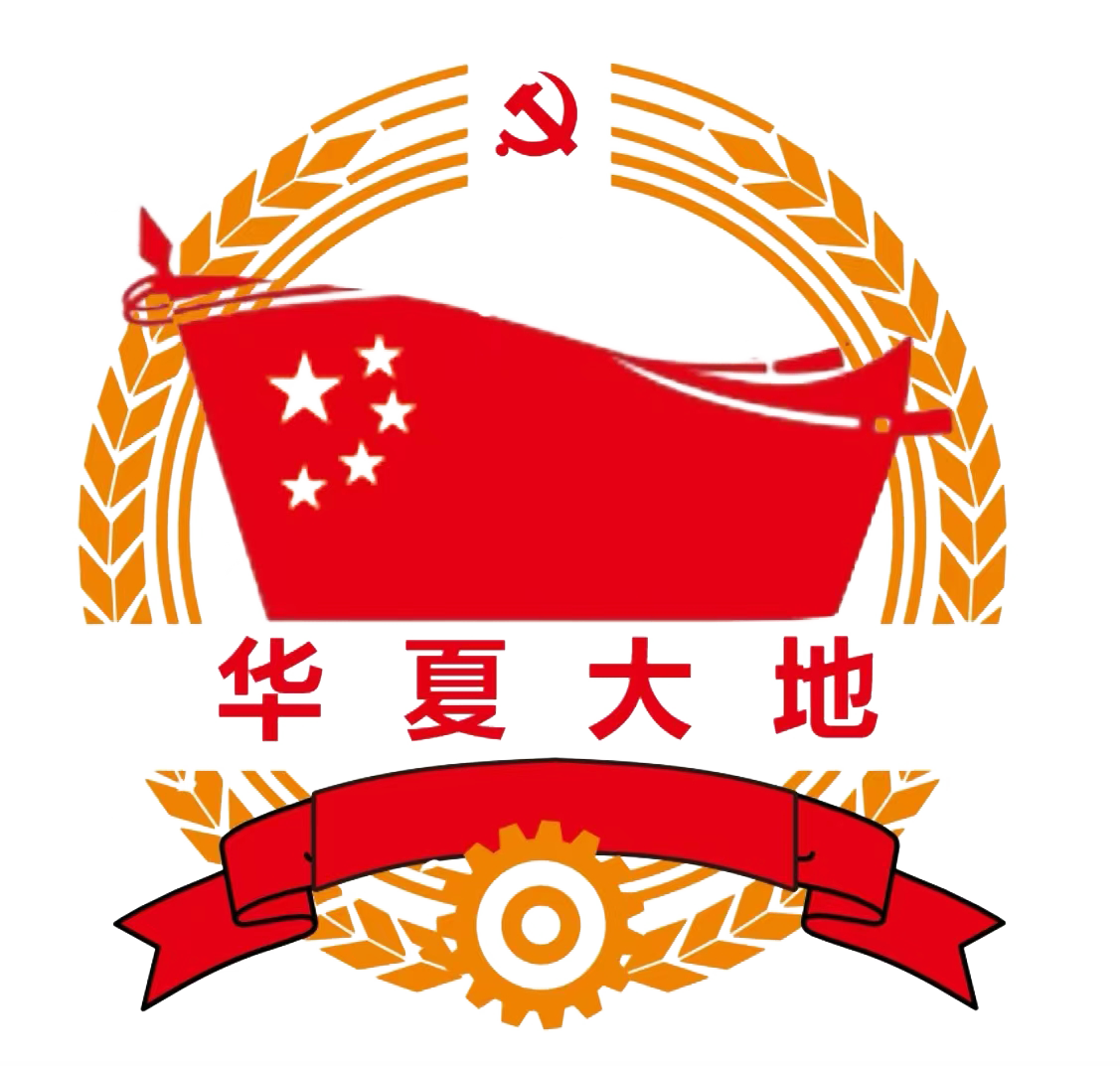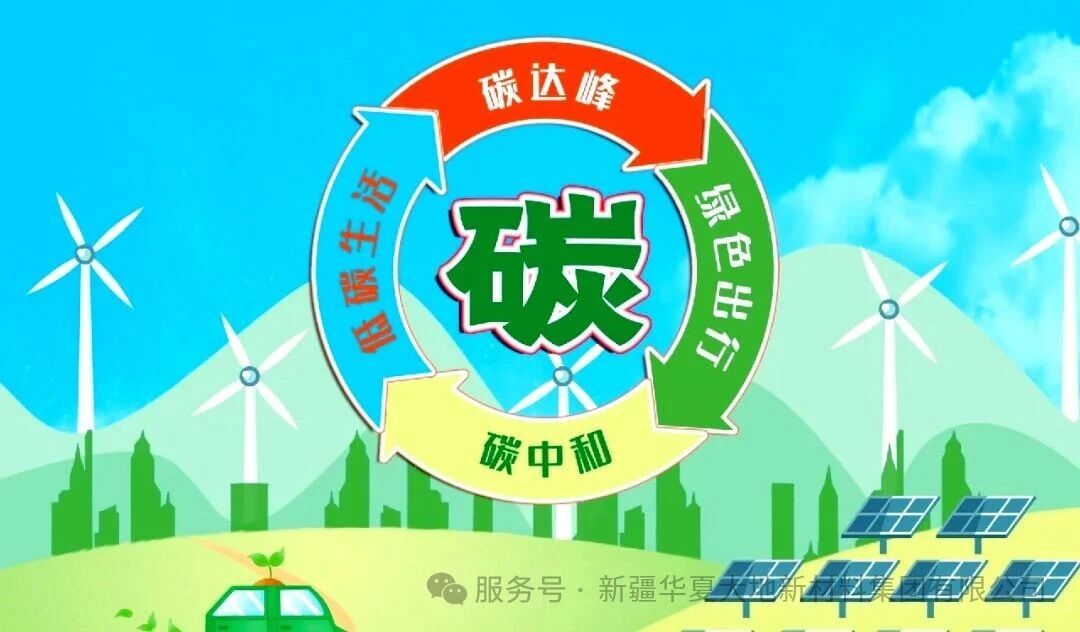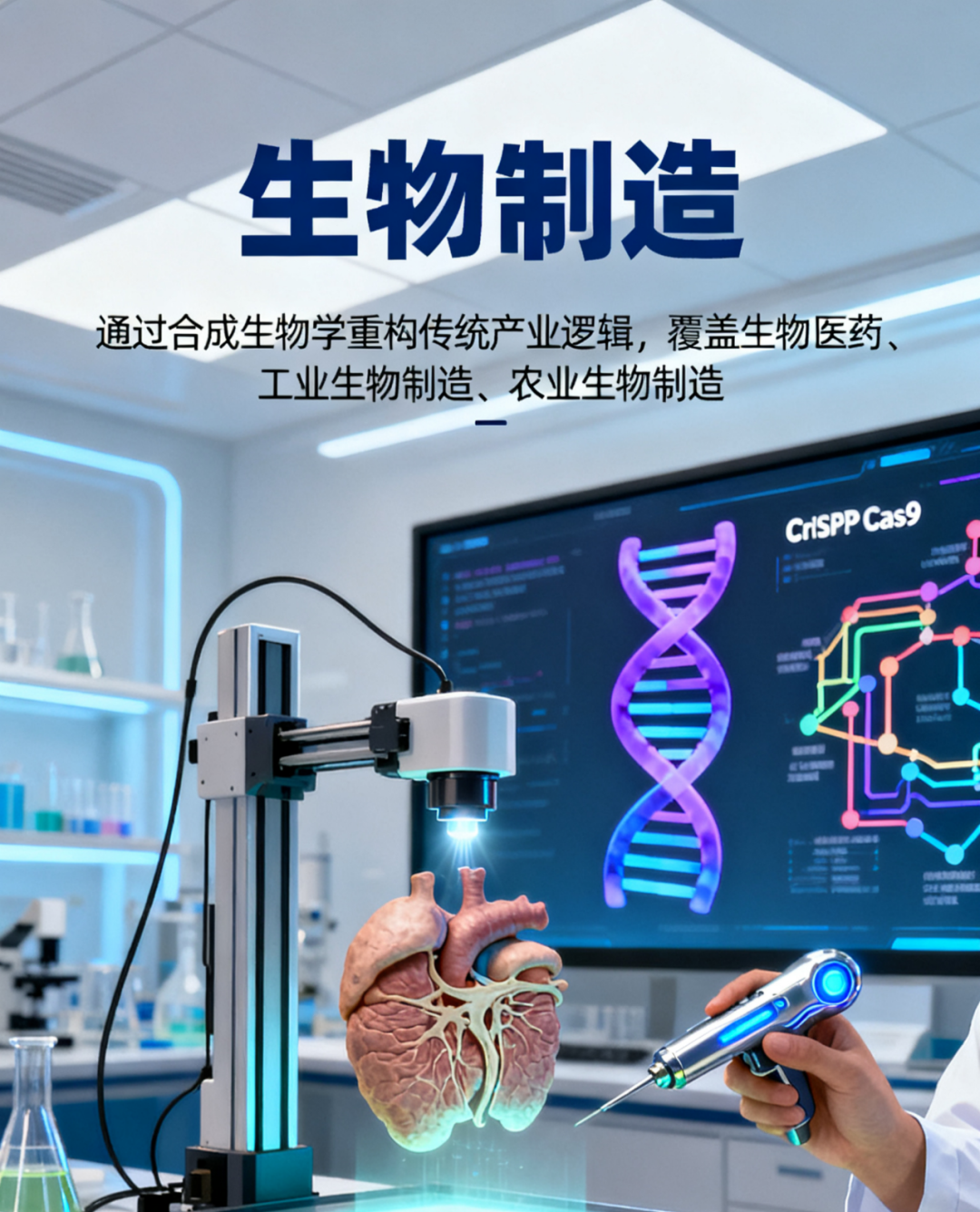When you go shopping at the supermarket, have you noticed that the thin plastic bags you used to casually grab are becoming less and less common, and instead, a new type of shopping bag with a thick texture and the word "biodegradable" printed on it is taking their place?
This is actually the gradual rise of biodegradable plastic bags made of polylactic acid (PLA). They are not only practical and capable of holding a lot, but also can decompose naturally, reducing plastic pollution at its source and quietly changing our environmental habits in daily life.

I. Say Goodbye to "Use Once and Throw Away": The "Dual Advantages" of Polylactic Acid Bags
The drawbacks of traditional plastic bags have been largely overcome by the biodegradable PLA bags.
From a practical perspective, it has shattered the stereotype that "environmental bags are not durable": ordinary polylactic acid shopping bags can bear a weight of 5-8 kilograms and can hold 10 bottles of mineral water without deforming. The surface is treated with water-repellent properties, so one can safely store snacks and daily necessities on rainy days without worrying about water seepage. Compared to the problem of traditional thin plastic bags that "burst when picked up and are prone to leakage", many consumers have reported that "polylactic acid bags can be reused 3-5 times, which is much sturdier than expected".
From the perspective of environmental friendliness, its "degradation capability" is the core competitiveness: After being discarded, the polylactic acid bags can gradually decompose into water and carbon dioxide in the natural environment, unlike traditional plastics which remain for decades; even if they accidentally mix into the soil or water bodies, they will not cause micro-plastic pollution - this is precisely the key choice for supermarkets to respond to the "plastic restriction order" and practice environmental protection.
II. Why do merchants voluntarily switch bags? Not only for compliance, but also to "gain a positive reputation"
For supermarkets, convenience stores and other merchants, replacing plastic bags with biodegradable ones is no longer a "passive compliance" measure; instead, it has become a choice to "actively seek consumers' approval".
The store manager of a certain chain supermarket disclosed: "After the bag change, some customers specifically asked 'Is this bag biodegradable?' And because of its 'environmental protection' feature, they were even more willing to buy more goods. Moreover, the polylactic acid bags have good texture and, after printing the brand logo, they are more elegant than traditional plastic bags, equivalent to having an additional 'mobile advertising position'."
More practically, the "long-term cost" advantage is as follows: Although the unit price of polylactic acid bags is slightly higher than that of traditional plastic bags, because they can be reused, consumers are more willing to "pay for the bags". At the same time, in some regions, there are policy subsidies for businesses that use eco-friendly bags, and in the long run, it turns out to be more cost-effective.
III. The "Evolution" of Poly-Lactic Acid Bags: From "Useful" to "Effective"
Today's polylactic acid shopping bags are no longer the "crispy and prone to cracking" type of the early days. Taking our company's products as an example, by adding a small amount of plant-based toughening agents to the polylactic acid material, the tensile strength of the bags has increased by 30%, and they will not become brittle even in low-temperature environments. We have also launched a "foldable and portable version", which can be folded to only the size of a palm, making it convenient for consumers to carry around and further reducing the need for single-use.
In the future, with technological optimization, biodegradable plastic shopping bags may also be able to achieve "customization" - for instance, adjusting the thickness and color according to the needs of supermarkets, and even adding degradable QR code labels so that consumers can scan the code to check the degradation progress, truly making "environmental protection" tangible and perceptible.
Conclusion:
From the supermarket shelves to the hands of consumers, the widespread use of polylactic acid shopping bags may seem like a small change in a scene, but it is actually a reflection of environmentally friendly materials entering people's daily lives. When "the disposable shopping bags" start to help reduce the burden on the Earth, the habit of green consumption is also quietly taking shape - and this is precisely the value of polylactic acid materials.








